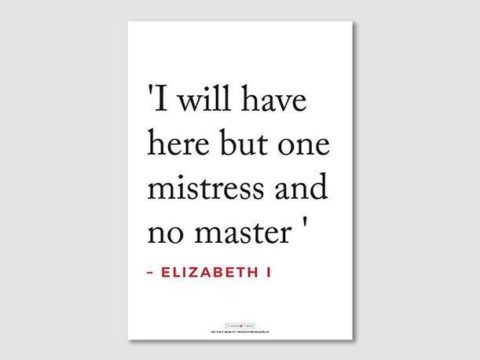Robert Dudley: Life Story
Chapter 1: Early Years
Robert Dudley was the fifth son of Sir John Dudley and his wife Jane Guilford. He was born during the early 1530s, a period where John Dudley was beginning his climb to royal favour. Robert was one of a numerous family, which remained emotionally close throughout their lives, and who were all enthusiastic religious evangelicals. Robert was brought up, so far as was consistent the law, as an early Protestant.
Robert’s birthplace is unknown but was probably in London as the Dudleys were attached to the court and Robert became one of the young men and boys who surrounded Prince Edward (born 1537), as was Sir Henry Sidney, later the husband of Robert’s sister, Mary. As a member of Edward’s household, Robert would have become acquainted with the prince’s sister, the Lady Elizabeth, who was of a similar age.
Prince Edward, like his elder sisters, was highly educated, and Robert shared some of his tutors, although, as he was four or five years the elder, not the actual lessons. Roger Ascham, later tutor to Elizabeth, referred to his skill in reading and writing in Latin. Dr Thomas Wilson, Master of the Court of Requests, said of Robert that he had a ‘careful mind even in reading not only of the Latin but also of the Italian, good and sound writers to know, and understand the best used government and the chief laws that have been made in all ages.’ Wilson further noted that Robert had a mind ‘thus godly inclined to know’ and to put his knowledge into practice.
In addition to being a competent linguist, Robert was also extremely interested in mathematics and scientific endeavour, as is borne out by his later career, and he also studied the usual military skills that nobles were expected to know.
During the latter part of Henry VIII’s reign Dudley senior, who was by now Viscount Lisle, rose in importance. He became a Privy Councillor and was a successful military commander, as well as being Lord Admiral. With the death of Henry VIII in 1547, Lisle, who was one of the 16 Privy Councillors, appointed under Henry VIII’s will, supported his friend Edward Seymour, the young king Edward VI’s uncle, in his bid to take control of the council as Lord Protector. Lisle was rewarded for his loyalty with the grant of the earldom of Warwick (once held by his Beauchamp ancestors).
As Edward’s reign progressed, the Dudley children were increasingly prominent members of the court. In 1549, Robert, by now around 17, saw his first taste of military life. In that year, there were two significant rebellions against the government of Protector Somerset. The second of these, commonly known as Kett’s Rebellion, took place in East Anglia. Warwick was instrumental in crushing the rebellion and Robert himself captained a company of foot soldiers amongst the armed force which was sent against them, and which defeated the rebels at the Battle of Mousehold Heath.
After the battle, Warwick and his sons went to Stanfield Hall, near Wymondham. Stanfield was part of the dower lands of Elizabeth Robsart, formerly Elizabeth Appleyard, whose sister-in-law, Alice Appleyard, was Kett’s wife. Elizabeth’s second husband, Sir John Robsart, was a Norfolk landowner. By her first marriage, Elizabeth had four children, John, Philip, Frances and Anne Appleyard, and by her second, one daughter, Amy, who was her father’s heir. The Robsarts, like the Dudley, were committed Protestants, and the little evidence available (her handwriting) suggests that Amy had been well-educated.
Robert’s father continued his rise to power, and was created Duke of Northumberland, becoming Lord President of the Council and King Edward’s chief adviser. Robert and his brothers, John, Henry Ambrose and Guilford, who now each had the courtesy title of ‘Lord,’ became permanent fixtures at the court.
Lord Robert Dudley
Family Tree


